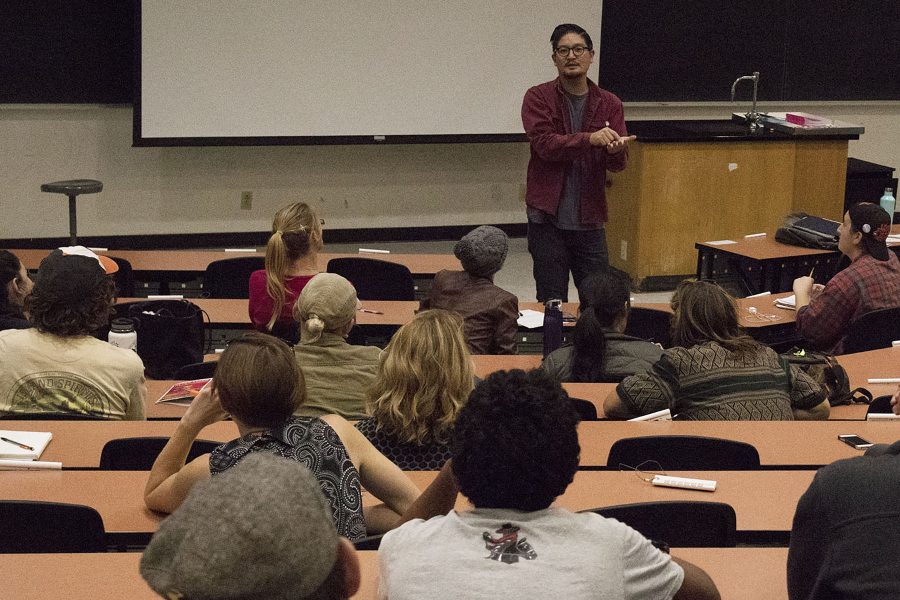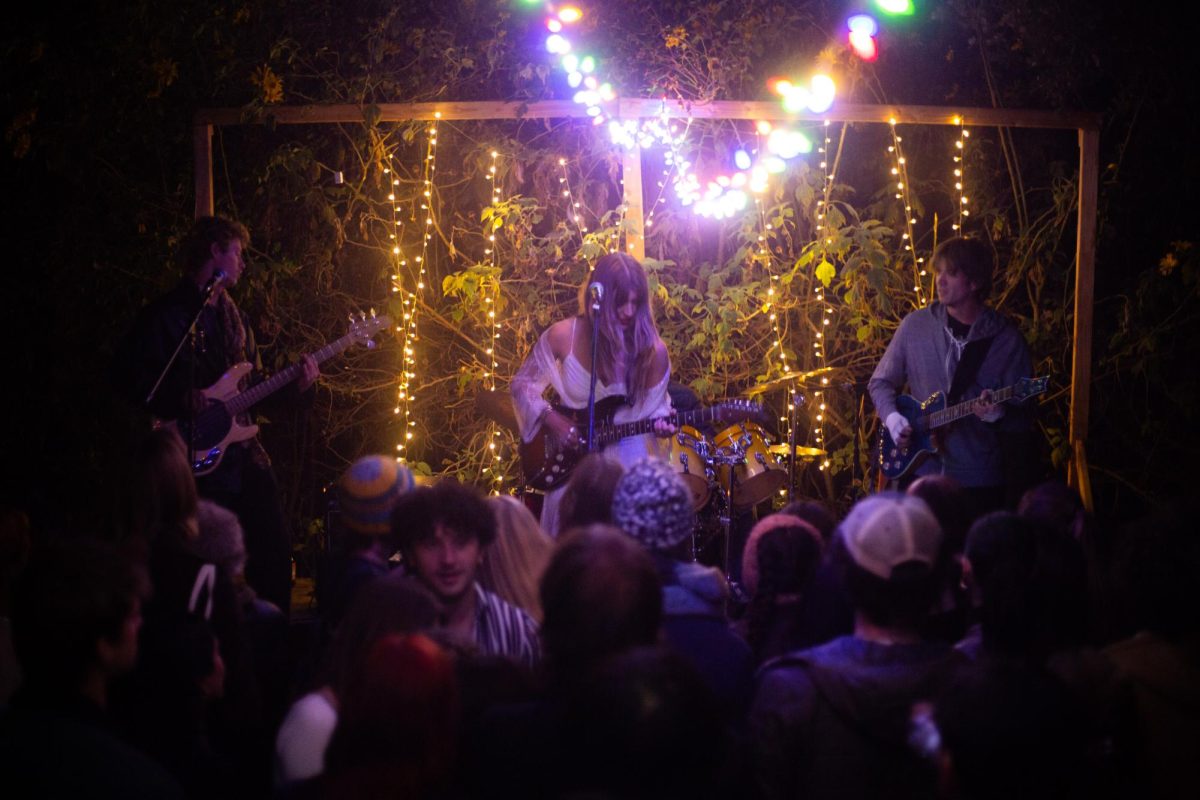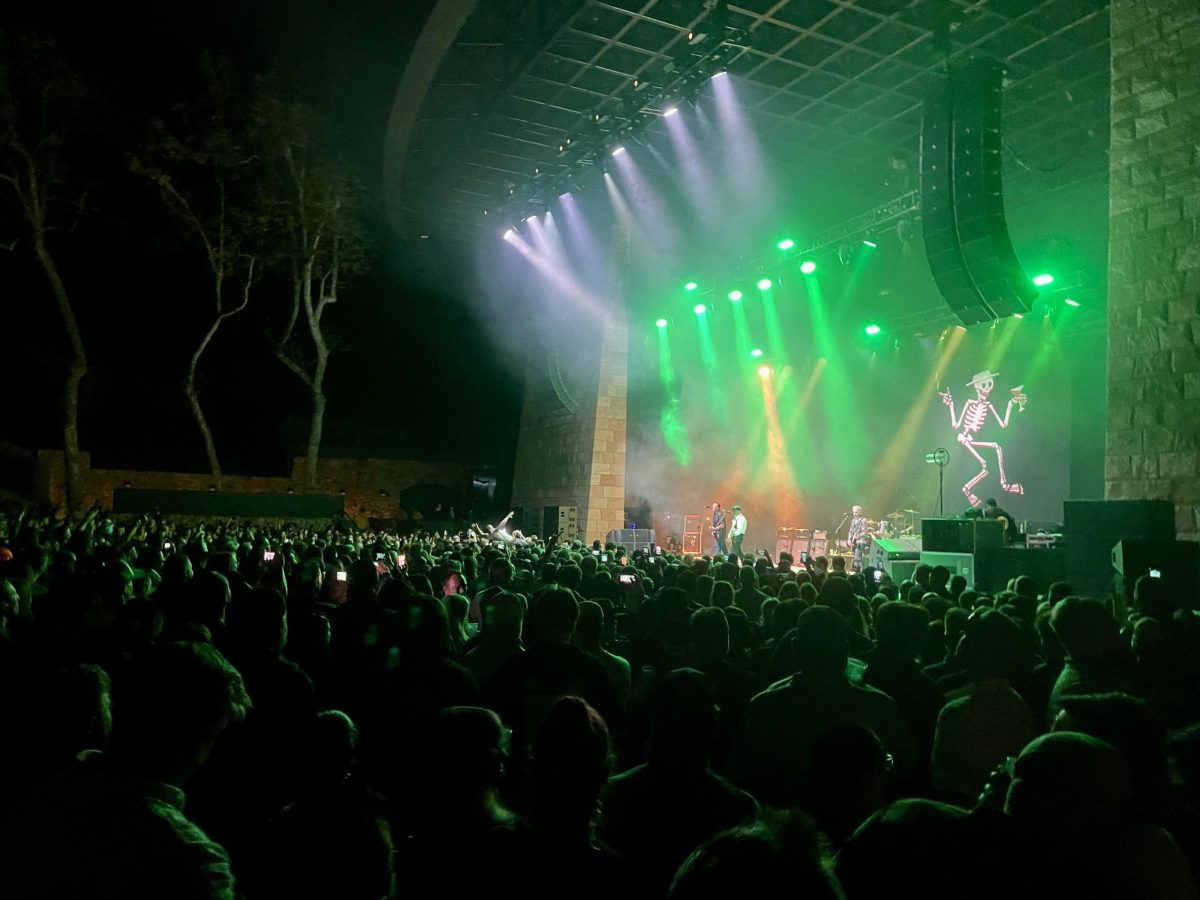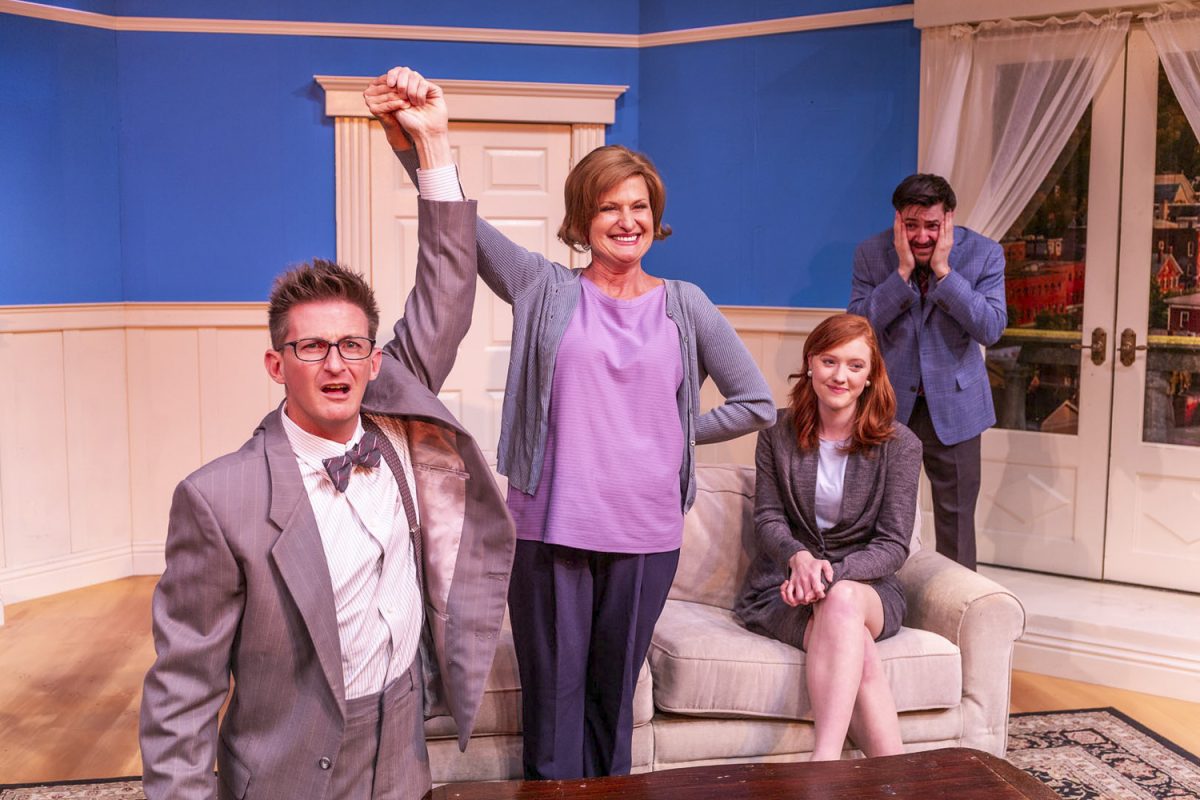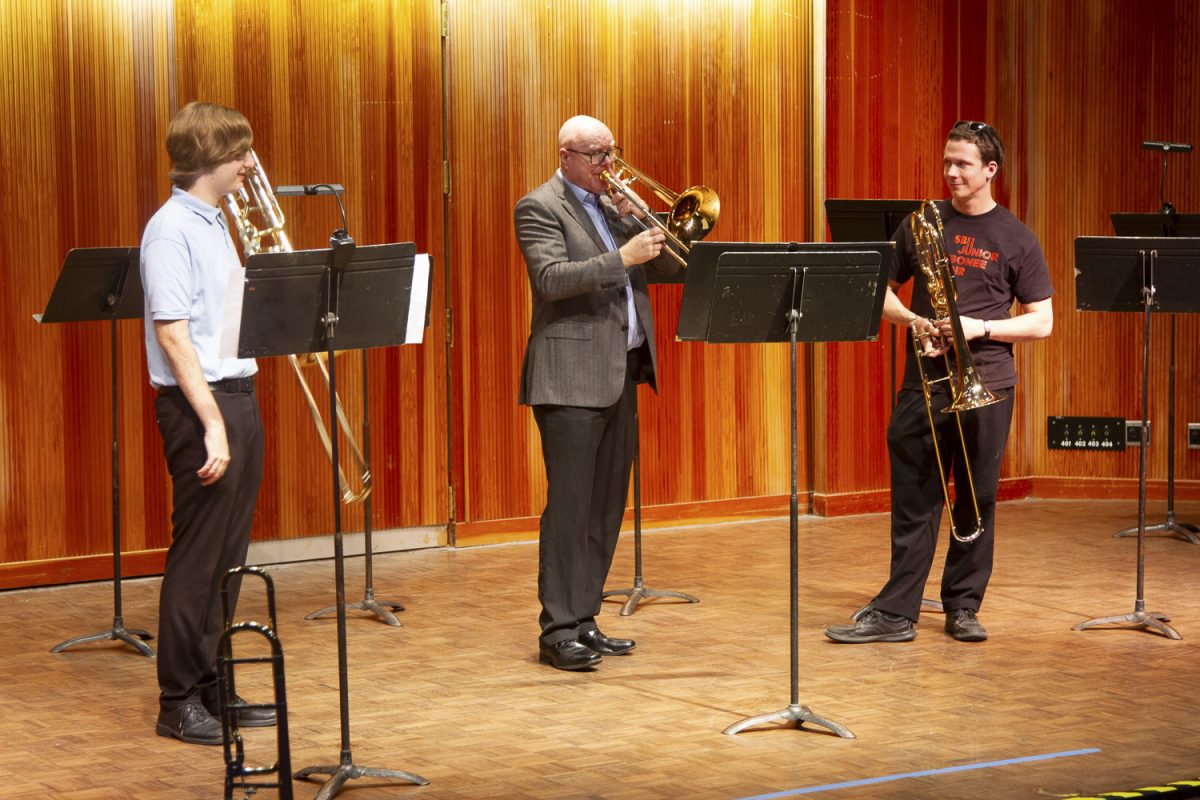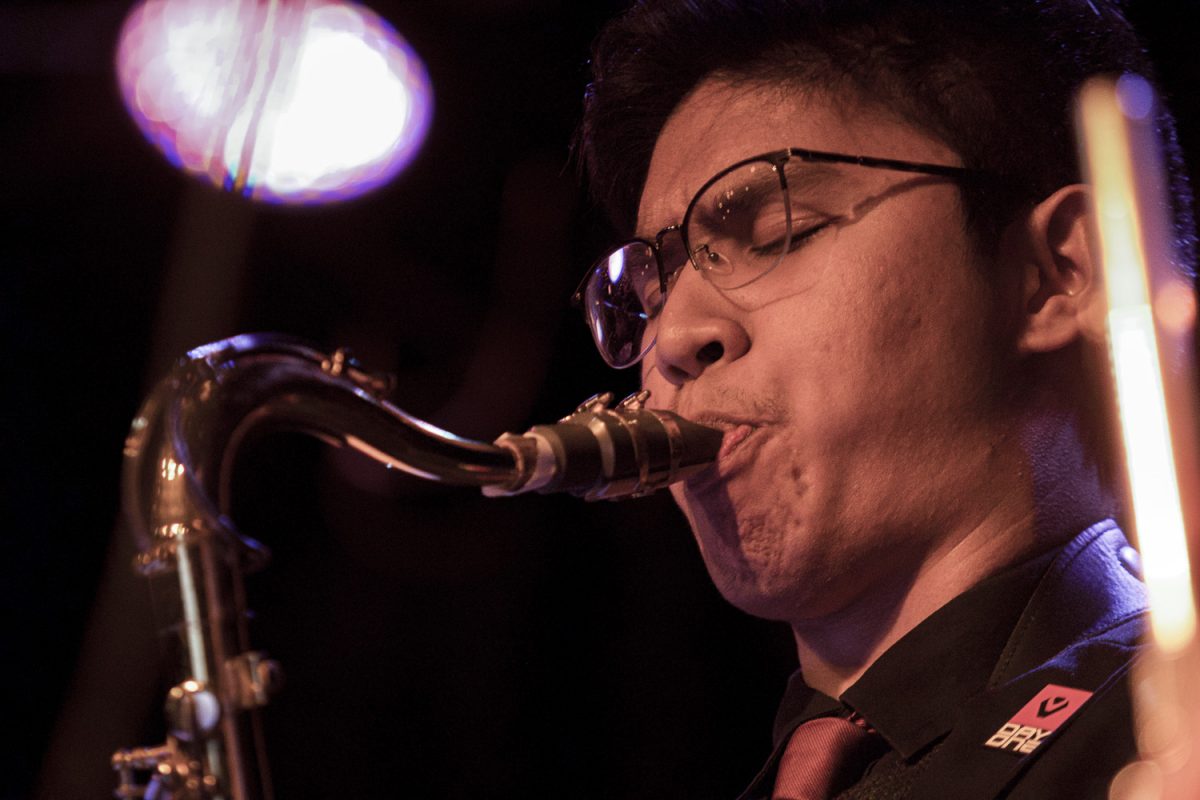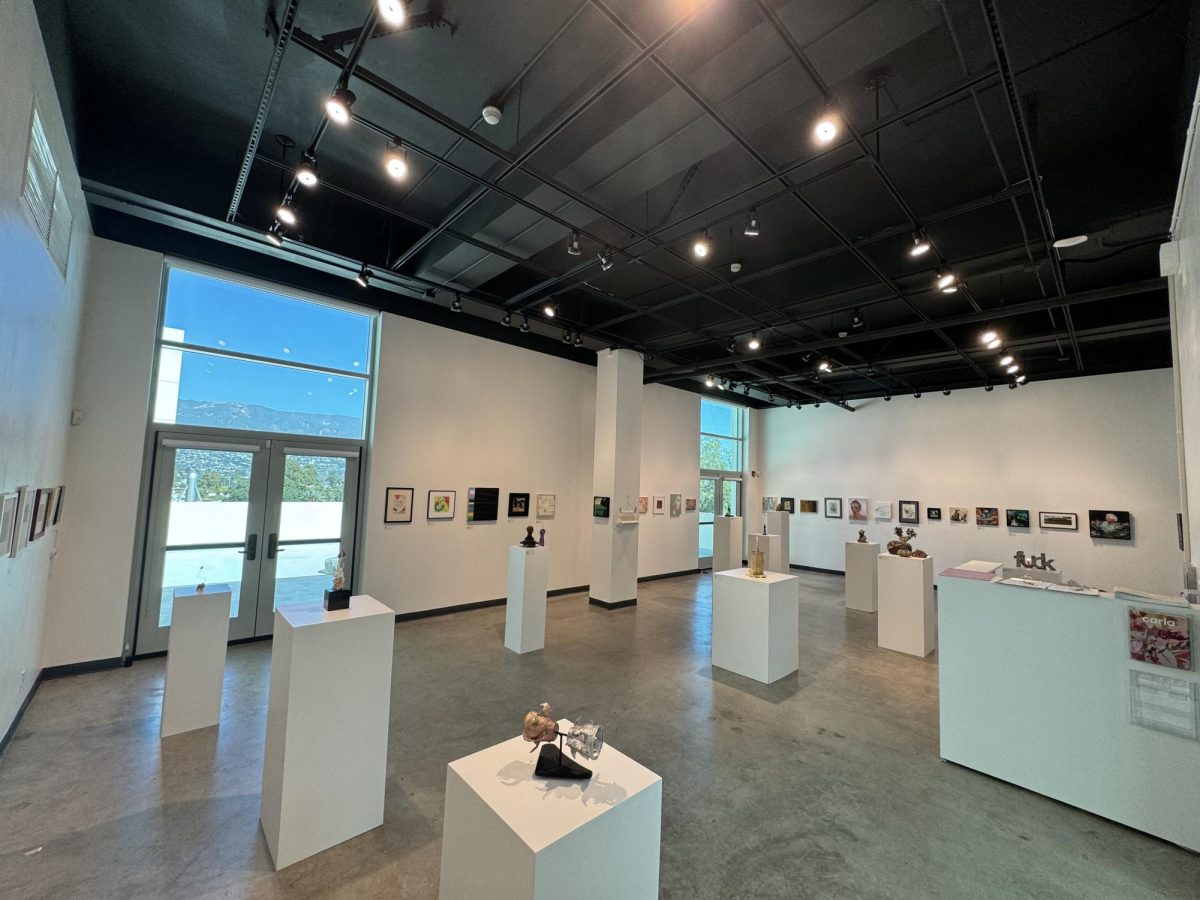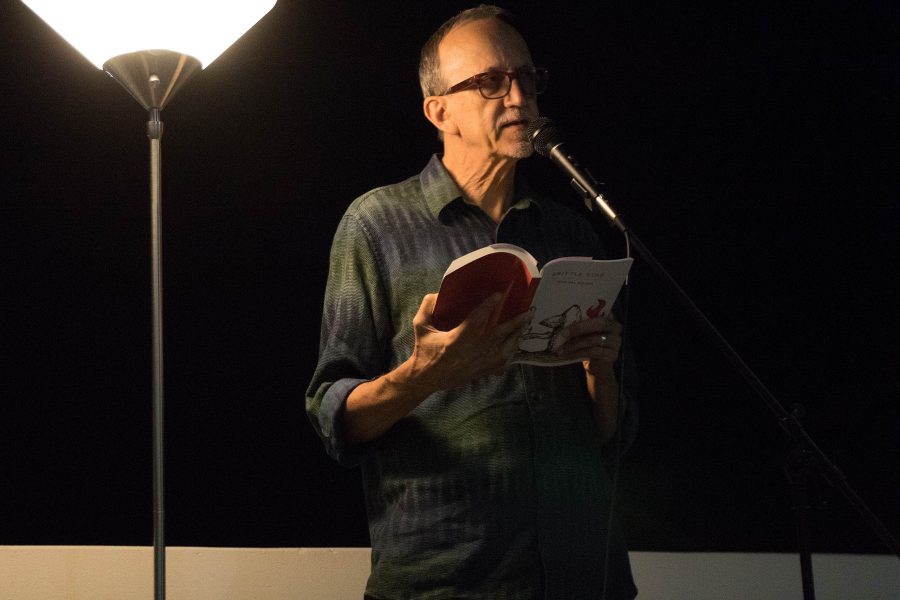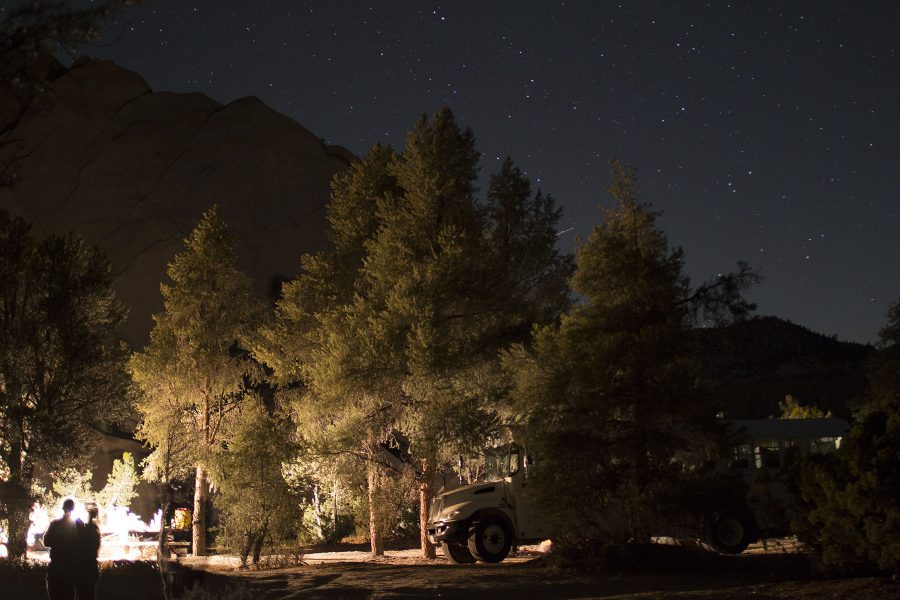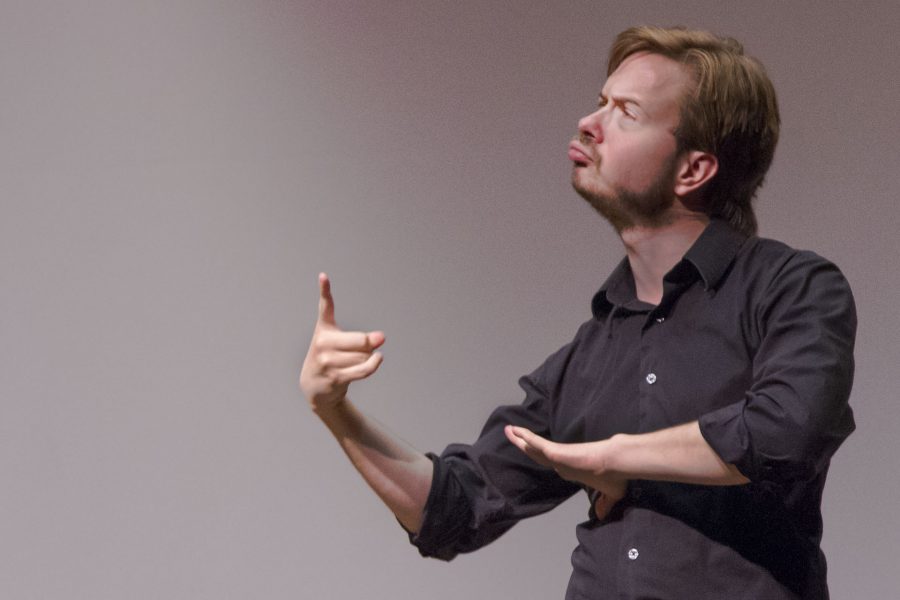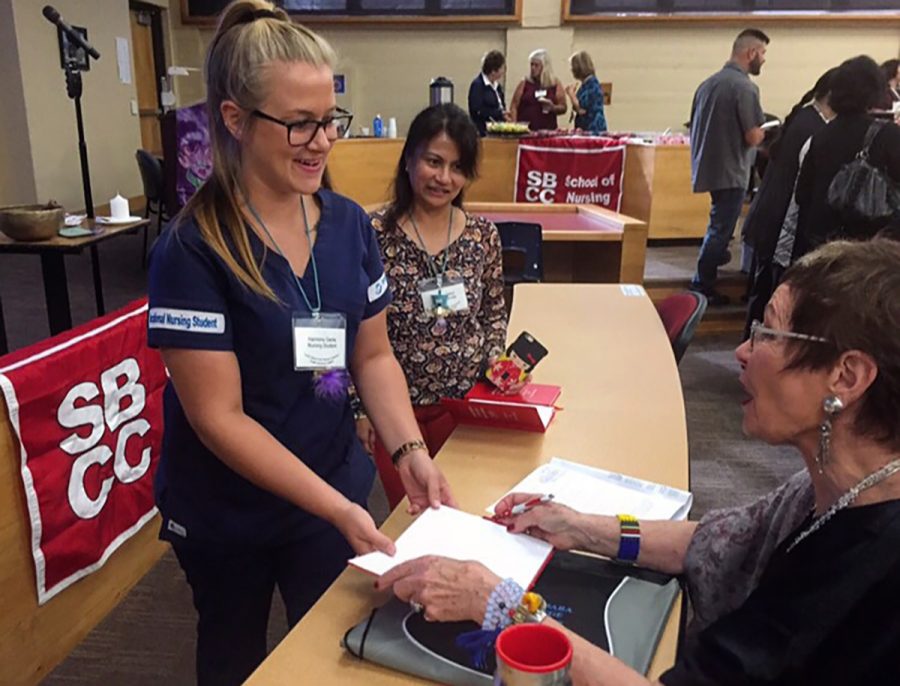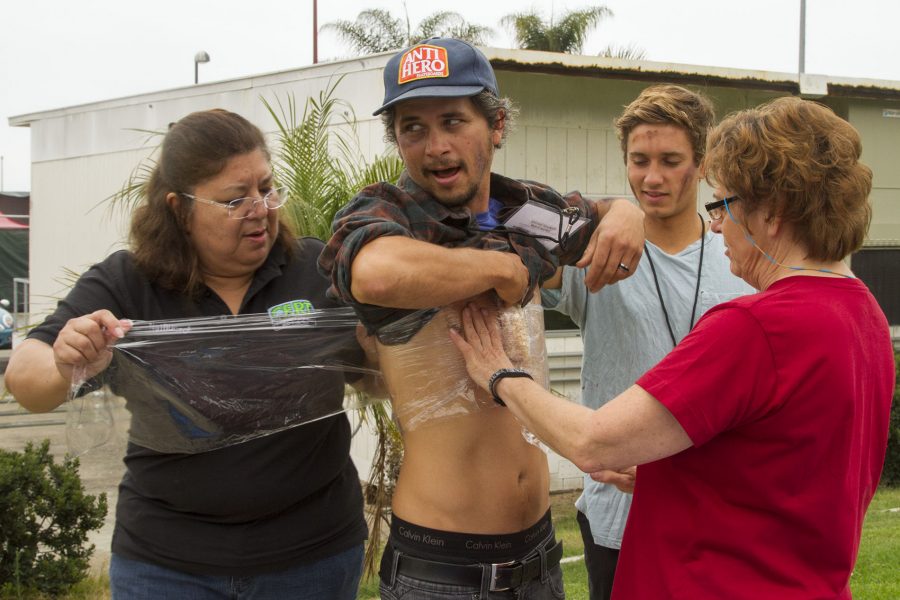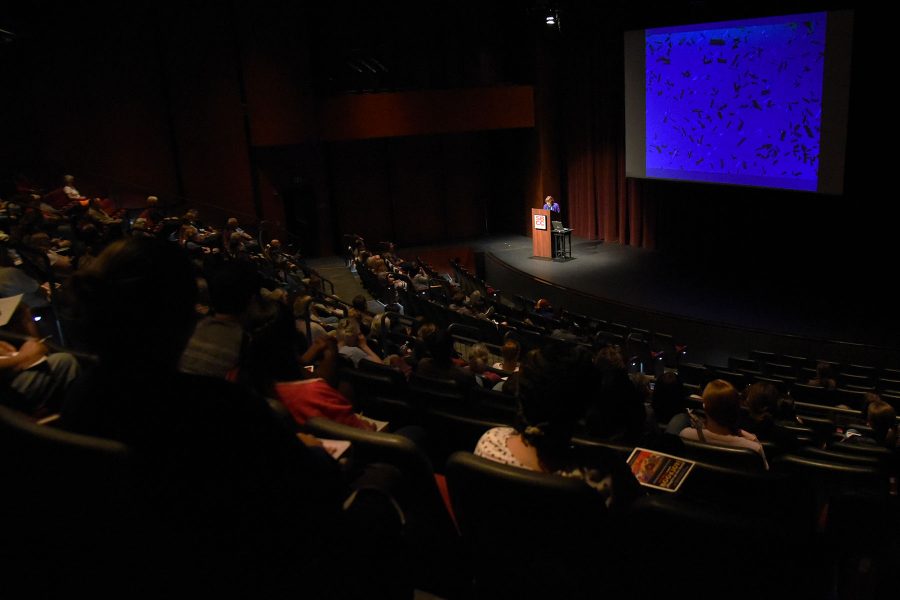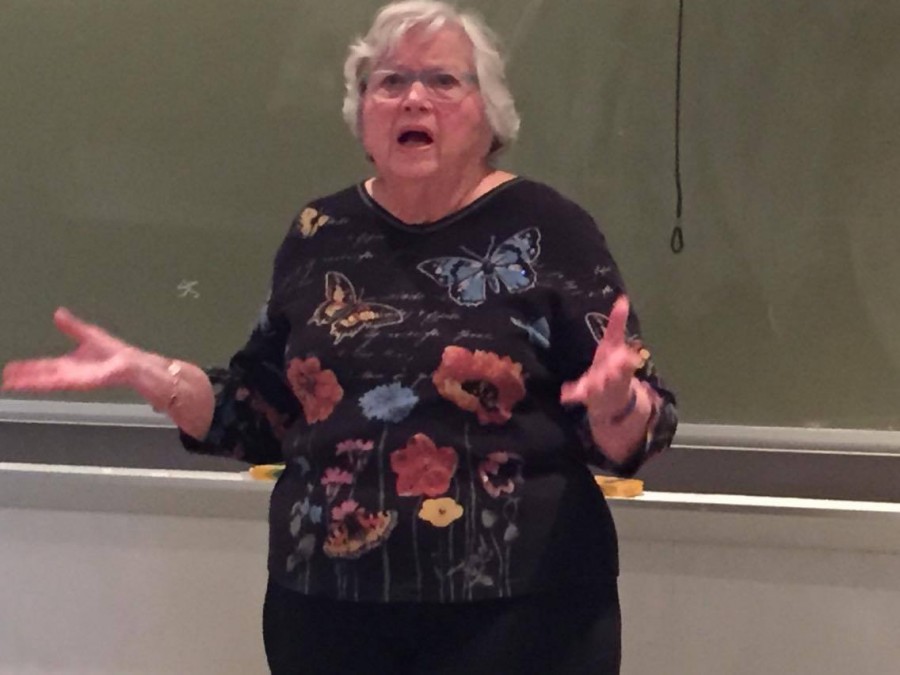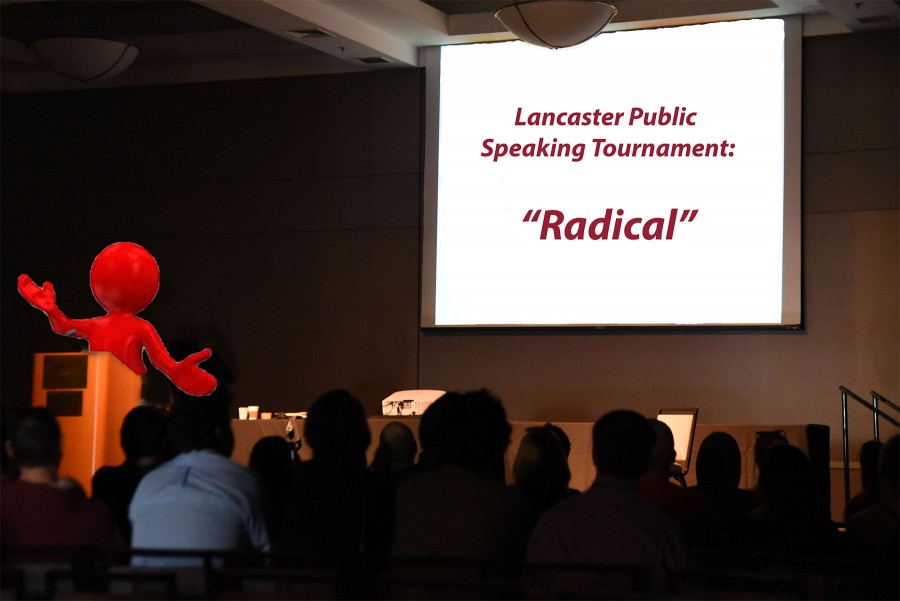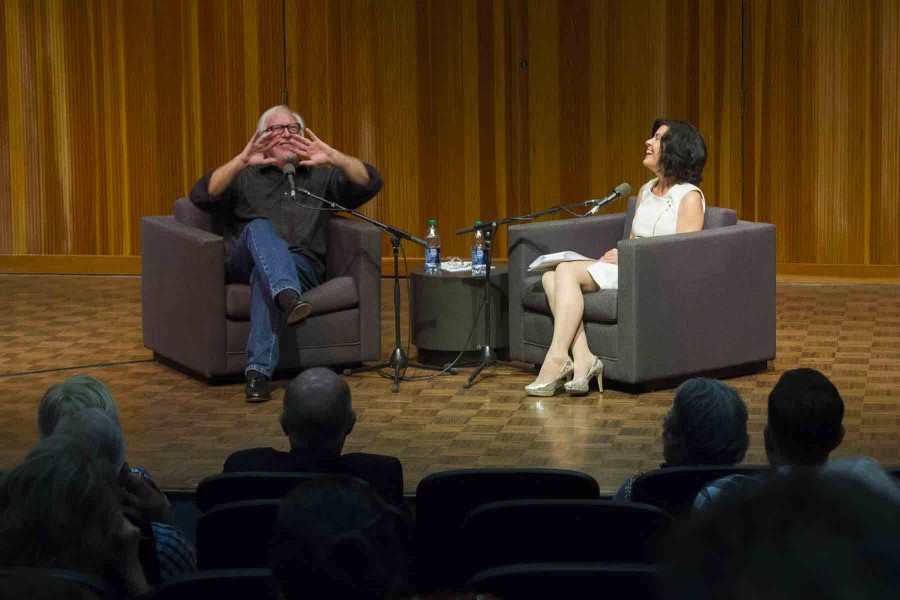Artist Devon Tsuno, whose work is currently displayed in the Atkinson Gallery, returned to City College on Thursday, for the second time this semester to discuss influences on his artistic process.
Professor Sarah Cunningham, who teaches Art 101, “Visual Literacy,” and is director of the Atkinson Gallery, introduced Tsuno, who is an award winning assistant professor of art and design at California State University, Dominguez Hills. Cunningham spoke briefly of the Los Angeles native, showing clear adoration for his ability to engage with a particular place on an artistic and emotional level.
In the Physical Science Building Room 101, Tsuno showed various pictures on a giant projector screen to better describe his hometown, his process and where his motivation as an artist stems from. He also shared his experience being Japanese in an African-American community.
“When I was growing up I saw the chaos in my neighborhood and I was amazed. I just didn’t get it,” said Tsuno, as the buildings of Los Angeles billow black smoke on the screen behind him.
From the Los Angeles riots in 1992, to a giant group photo of classic hip-hop group, “N.W.A.”, Tsuno talked about the importance of each fleeting photo, and how it pertains to him as an artist, and also as a person. He explained how he rode a bicycle through the crowded streets of Los Angeles, in attempt to redirect his vision, and see the city from another perspective.
“Trying to rediscover the city in a different way has a lot to do with my work and painting,” said Tsuno, who worked at Sport Chalet for 30 hours a week to pay for health insurance before his career as a professor and artist.
Halfway through the lecture, Tsuno veered from the topic of his background, and talked about the art itself, such as installation, spray paint and acrylic and screen printing, which is the process of “exhausting one image, and repeating it over and over again.” These are his main three methods Tsuno uses when exploring the reconsideration of space, and the watershed and plants in L.A.
Tsuno also stressed the importance of working with artists who “have the same green interests” in the lecture. He expressed how collaborating on projects as a communal team can spark creativity in one another.
He followed with a picture of an old wooden shack a fellow artist had bought that stood alone in the desert, rotting in front of pink shadowed mountains, and under a blue and white sky. The front of the shack was covered with Tsuno’s pink and white version of the Los Angeles River—installation art in the middle of the dry and arid desert, ironically bringing water to the parched and thirsty land, using colors parallel to the shack’s setting.
“I think it was really inspiring to see his journey and how he touches the community,” said Alexis Wilson, an art major who attended Thursday’s lecture.
Brittany Moran, a graphic design major who was also at the lecture, said it was “interesting, at first I wasn’t sure, it seems abstract, but really it’s about nature and his view on nature.”
Tsuno ended the lecture with questions from the audience, then reminded the aspiring artists to be true and real when it comes to their art, and to always do what they themselves find the most interesting.


